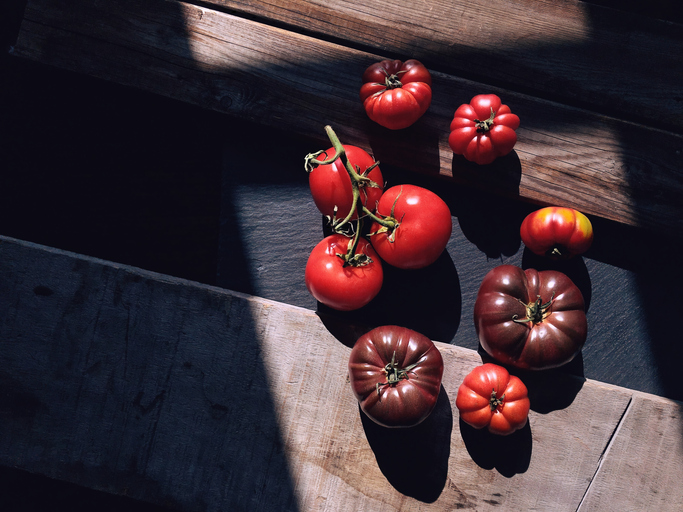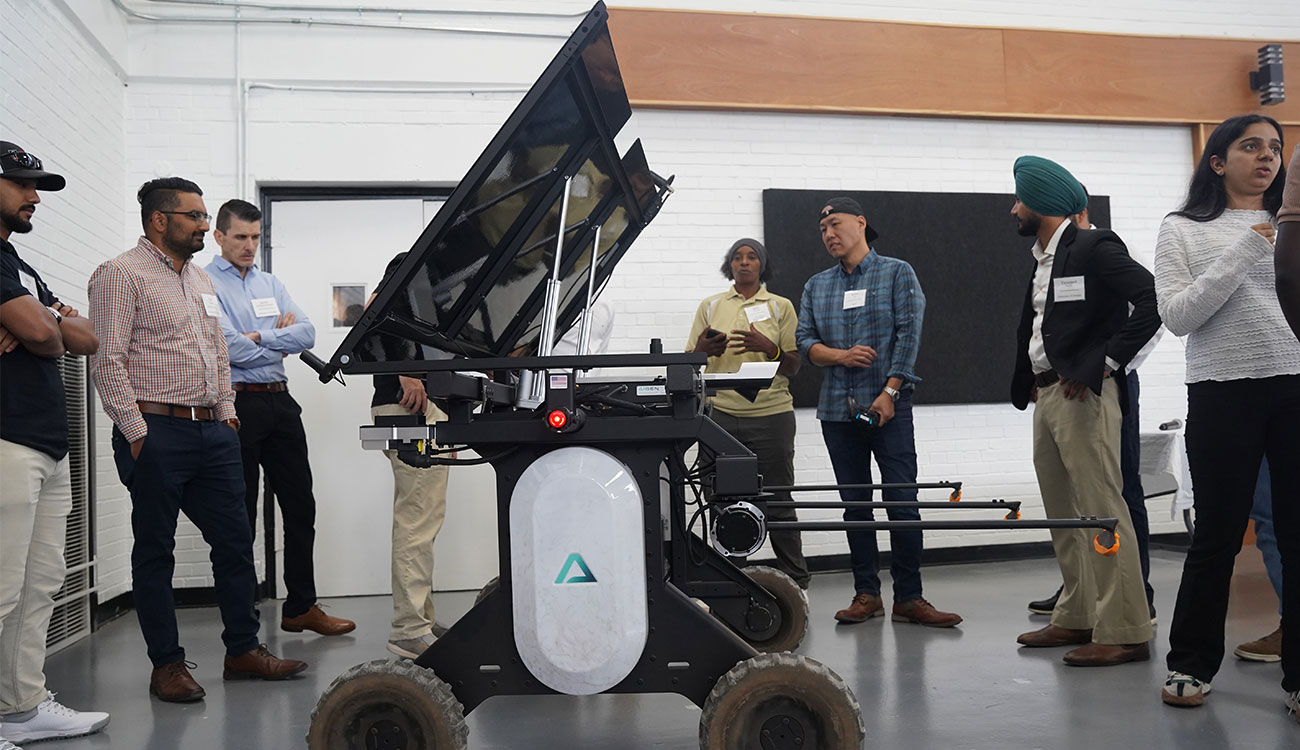By Sharon Omahen
University of Georgia
Along the Gulf Coast, the nation has seen firsthand how a natural disaster can quickly destroy food supplies. In Georgia, farm and university experts are teaching emergency workers and people in agriculture how to identify and handle threats to the food production.
"Our food supply ... needs to be protected," said Dana Lynch, a University of Georgia Cooperative Extension nutrition specialist. "Our nation is the largest exporter of food products. And about 17 percent of all the jobs in the U.S. are linked to the food industry."
Ag - big contributor to state's economy
In Georgia alone, two-thirds of the state's counties report agriculture as the largest or second largest sector of the economy, Lynch said.
Threats to food production can come from terrorists, natural disasters and accidental and intentional diseases, Lynch said during a recent training for 60 emergency workers from five middle Georgia counties.
Trainings like this are being taught statewide by experts from the Georgia Department of Agriculture and UGA College of Agricultural and Environmental Sciences. More than 3,000 emergency first responders should be trained by the year's end.
"Ag workers and traditional responders need to be ready to rapidly and effectively resolve an emergency situation before catastrophic consequences occur," Lynch said.
In addition to the loss of crops and herds, an agricultural disaster can also affect a producer’s mental state. Emergency personnel must also be prepared to deal with these issues as well, she said.
In agricultural emergencies, improper disposal of diseased animal carcasses can have environmental and economic consequences, Lynch said. If a poultry disease strikes in Georgia, the entire nation would be affected.
Plants, animals must be protected
"Georgia produces 24.6 million pounds of chicken meat in one day," said John Pope, UGA Extension agent for Monroe County. "If diseases like avian influenza and Exotic Newcastle strike the poultry industry, they would have a serious negative impact."
Plant diseases are a threat, too. UGA plant pathologist Mila Pearce says most people don't realize that ornamental plant diseases can also affect production.
"You may say, 'Who cares about what's killing Ms. Johnson's geraniums?' " Pearce said. "Geraniums and potatoes are from the same family, and you probably do care about french fries and mashed potatoes."
Pesticide costs and yield losses from plant diseases cost the U.S. $20 billion a year, Pearce said.
"We fight a constant battle against diseases every day," she said. "Never mind what some terrorist has up his sleeve."
Pearce does have good news. Intentional introduction of a plant disease is a "very, very difficult" task.
"Introducing a plant disease into our food production would not be a very good tactic for a terrorist," she said. "It's virtually impossible to do. Spreading disease is an abominable task. It's very hard for even us to do in our research labs."
Preparing Georgia
As officials in Mississippi and Louisiana now know firsthand, an action plan is needed to make sure food is available during a disaster.
"We typically have about a seven-day food supply in our grocery stores," said Wade Hutcheson, a UGA Extension agent in Spalding County. "That's not including the items that are supplied daily like milk and bread. When there's snow or a hurricane headed our way, those items just fly off the shelves."
Hutcheson said the main goals of the agrosecurity trainings are to educate responders on possible threats and to encourage communities to prepare disaster plans.
"Georgia's farmers and farm workers must be aware of the damage foreign plant diseases and pests can do to their crops," he said. "A safe, secure and inexpensive food supply is the foundation of our society. An increased awareness of crop biosecurity could keep Georgia's food secure in the short and long term."






